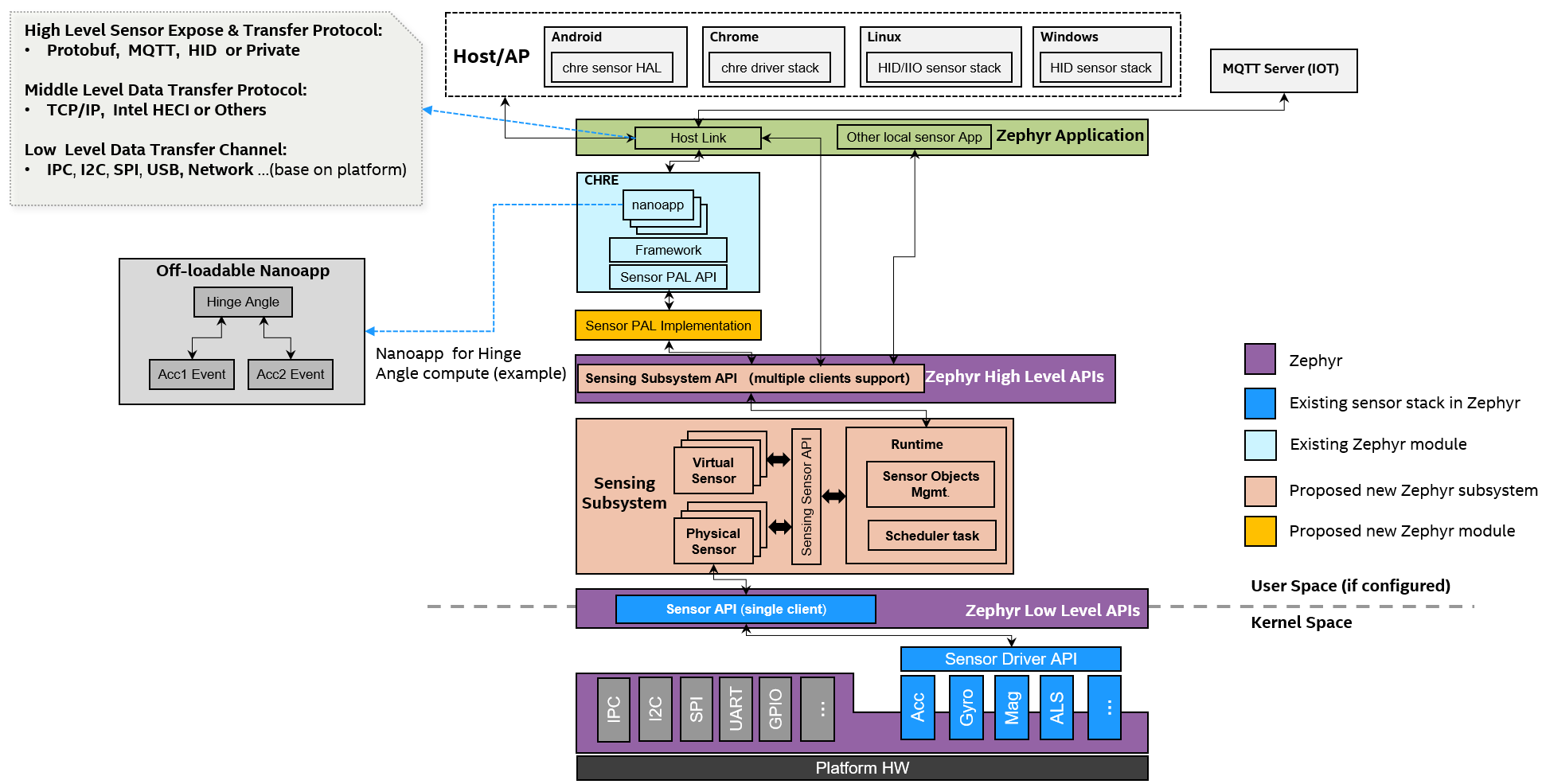
The Zephyr Developer Summit, hosted under the first-ever Embedded Open Source Summit in Prague, Czech Republic, on June 27-30 included presentations, BoFs, and training designed for real time problem solving and deep discussions. More than 1,300 people registered for the EOSS conference – representing 375 organizations across 56 countries around the globe. Zephyr had 75+ technical sessions (in-person and on-demand) for 3 tracks focused on users of Zephyr, developers contributing upstream, and maintainer-specific topics.
All of the videos from the Zephyr Developer Summit can be found on the Zephyr Youtube Channel. Each week, we’ll highlight a few videos in a blog for easy access. Today, we’re featuring a few sessions focused on Zephyr’s subsystems including: “AP Power Sequence Subsystem,” “Introducing the Zephyr Input Subsystem,” “Reworking the Zephyr Clock Control Subsystem,” “High Bandwidth Sensors,” and “Introducing a New Zephyr Sensing Subsystem.“
AP Power Sequence Subsystem – Bernardo Salvador Perez Priego, Intel Corporation
This video introduces a subsystem API in Zephyr to manage the ACPI power sleep states of a connected application processor (AP). Users of this API will be able to query and receive notifications upon AP power state transitions. The AP power sequence subsystem is built on Zephyr’s State Machine Framework (SMF), providing flexibility for AP architecture, chipset, and application specific requirements. ACPI’s global state (G3) and its six sleep power states (S0, S1, S2, S3, S4, S5) are present within the state machine domain.
All these ACPI states have three hierarchical levels:
- Architecture: is the highest level of the hierarchy, SMF states at this level perform operations that are shared by all designs based on a specific AP CPU architecture.
- Chipset: these SMF states drive the power of components and monitor power good signals that are required for a specific AP chipset.
- Application: is the bottom level of the hierarchy and these SMF states are reserved for action handlers intended to address platform or application specific computations. Utility macros and functions are also provided to easily follow hierarchy early described. Allowing implementation to register state action handlers, and safely perform state transitions.
Introducing the Zephyr Input Subsystem – Fabio Baltieri, Google
Reworking the Zephyr Clock Control Subsystem – Moritz Fischer, Google
Watch the rest of the Zephyr Developer Summit videos here. The schedule and links to the PPT presentations can be found here. Photos from the EOSS can be found here.
For more information about the 2024 event, stay tuned by subscribing to the Zephyr quarterly newsletter or connect with us on @ZephyrIoT, Zephyr Project LinkedIn or the Zephyr Discord Channel to talk with community and TSC members.